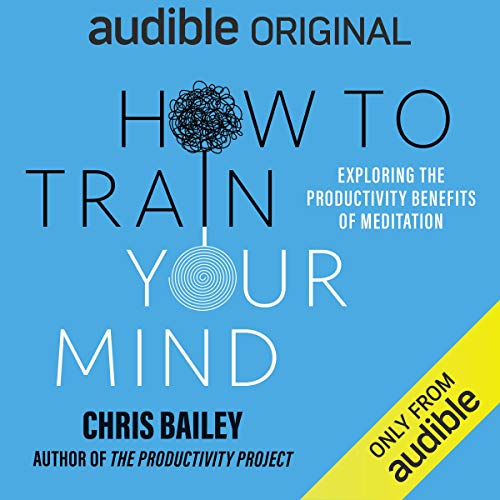For the last couple of months I’ve been dealing with a pain in my butt. Literally.
At a recent workout with my triathlon team, I tried to explain my pain: It’s sort of a tightness that starts in the glute and shoots down my hamstrings when I run—not a sharp pain, yet not dull either. It’s kind of deep in the muscle, but it’s hard to describe where exactly. It limits my range of motion because it hurts with every stride.
Multiple teammates chimed in, Oh yeah, I’ve had that. There are stretches you can do that’ll help. Just Google it.
I was still stuck though. What do I Google? Butt pain? (For the record, I did and 451,000,000 results appeared.)
After lots of stretching, strength training, and several sports massages, the pain was getting worse. I didn’t know what to do—or if what I was doing was contributing to actually making it worse. So I finally decided to go to a physical therapist. I was hesitant given that I didn’t even know how to explain my problem (combined with being slightly embarrassed about where the pain was). It hurts when I do this, but not as much as when I do this. On a scale of 1 to 10 it’s only a 2 or 3—so maybe I shouldn’t even be complaining about it. But I don’t want to have to stop running. And now the pain happens when I walk too.
I quickly realized my apprehension was unnecessary. My physical therapist asked me very specific questions and was able to diagnose the exact problem: muscle overuse of my quadratus femoris, combined with a super tight quadratus lumborum. It sounded like Greek to me. But she reassuringly told me that’s good news because a muscular problem is easier to fix than an injury or fracture. And, she praised me for addressing it now, before it gets worse (as she said a lot of people ignore it, hoping it’ll get better on its own).
As soon as she was able to name it, I felt better. I still had the pain, but now I knew what I was dealing with.
It’s the Same With People Problems
People problems can also be hard to talk about. They can be difficult to explain or a little embarrassing. Maybe it doesn’t even seem like that big of a deal—but left unaddressed, it’s sure to get worse. Just like problems with the body have a diagnosis, every people problem has a name! And as soon as you name it, you’re on the road to fixing it.
For example, can you relate to any of the following?
- Triangulation: Person A has a problem with Person B. But instead of telling them directly, Person A talks to Person C about Person B. Person A feels better after talking about it, but now Person C is involved in the problem. And the problem isn’t resolved, because Person B still has no idea what’s going on. As a matter of fact, the anxiety in the system has spread.
- Vulnerability Hangover: This one is from Brene Brown. It’s the dread that comes after you feel like you shared too much with a person. As a result, you might experience feelings of regret and be a little more guarded the next time you interact with that person. It can create discomfort in the relationship because that person feels you distancing, but they don’t know why—especially after you shared something so personal with them.
- Negativity Bias: I see this one a lot with teams who are in conflict. Negative feelings have built up over time between two people—and now that filters all your interactions. The smallest mistake becomes evidence of their incompetence. A minor disagreement in a meeting translates into them trying to sabotage your work. Seeing their email in your box makes you feel defensive, before you even open it.
All of these people problems are normal. Teams experience them all the time, and they’re just a small sample of the people problems we see with our clients. The fact that people problems exist on your team is not a problem. The problem is ignoring or avoiding them. The high-performing teams name their people problems so they can get to work on addressing them.
One-minute Workout

So here’s your workout (because by now you know that to be Thoughtfully Fit, you have to train!).
- Pause. The next time you’re having a people problem, Pause. Recognize that it’s normal.
- Think. What’s at the root of the issue here? What steps do I need to take to name the problem?
- Act. Take those steps!
If you don’t know where to start, that’s where we can help.
Even if you aren’t quite sure how to explain it, helping people define and deal with their people problems is what we love to do. You don’t have to deal with that pain in your butt.

Recommended Reading: I recently listened to How to Train Your Mind by Chris Bailey, and it was all about the benefits of meditation on productivity. I didn’t even know what the book was going to be about before I listened to it, but it really spoke to me. It includes a ton of research on meditation that I found incredibly motivating. It gave me just the nudge I needed to restart my DAILY habit of meditation.



